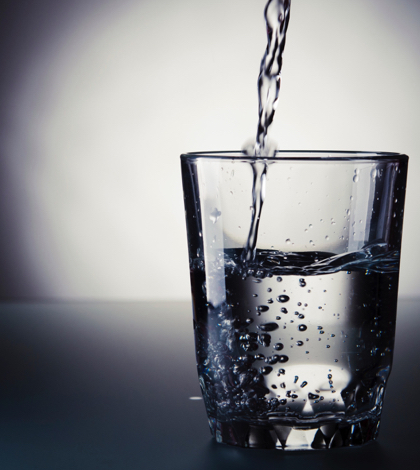For more than 20 years, oilfield wastewater has been used in the Central Valley as a means of producing crops, such as oranges and grapes. Now that the California drought is in its fifth year, people in the Central Valley are considering using oilfield wastewater as potential drinking water. As it is, 15 barrels of water are produced for every barrel of oil.
As water agencies and districts look to expand their water supply, many are now looking at the Central Valley to provide the necessary water. The Central Valley Water Board is currently investigating the reuse of oilfield wastewater for irrigation. The goal is simple: making sure there is no possibility of illness or disease.
“The effort is primarily to make sure that crops that are irrigated with produced water are OK for human consumption,” Clay Rodgers, manager of the Fresno office of the Central Valley Water Board and the organizer of the panel, told Circle of Blue. “There is no specific timeline. We would like the report as soon as possible, but this is a complex topic and there is not much research. We want to know: Where are the data gaps? What more information do we need?”
Environmental health experts are concerned about the water quality, especially because California does not require the disclosure of all chemicals that go down a well. Experts are concerned about the chemicals used to clean and treat oil wells. The lack of chemical disclosure makes it almost impossible for health officials to judge whether or not water is safe for human consumption.
Chemical consumption can happen in a number of ways:
- Food consumption
- Sprinkler irrigation systems spraying field workers
- Groundwater contaminated by irrigation runoff
According to David Ansolabehere, general manager of Cawelo Water District (CWD), the agency welcomes the panel investigation because it will prove the oilfield wastewater that they’ve utilized since 1995 is high quality water.
To make sure their water us up to drinking water standards, Cawlo Water District treats the oilfield water and blends it with their fresh water supply. Doing that dilutes the high salt contents, which has the power to kill crops.
Because the California drought has limited water agencies’ supply, many are looking to follow CWD’s example and utilize oilfield wastewater.
The panel of eight experts includes representatives from:
- California Department of Food and Agriculture
- California Department of Public Health
- California Department of Fish and Wildlife
- Almond Board of California
- Environmental health and food safety researchers from Lawrence Berkley National Laboratory, Exponent, and Environmental Resources Management
 California Water News Daily Your Source For Water News in California
California Water News Daily Your Source For Water News in California


